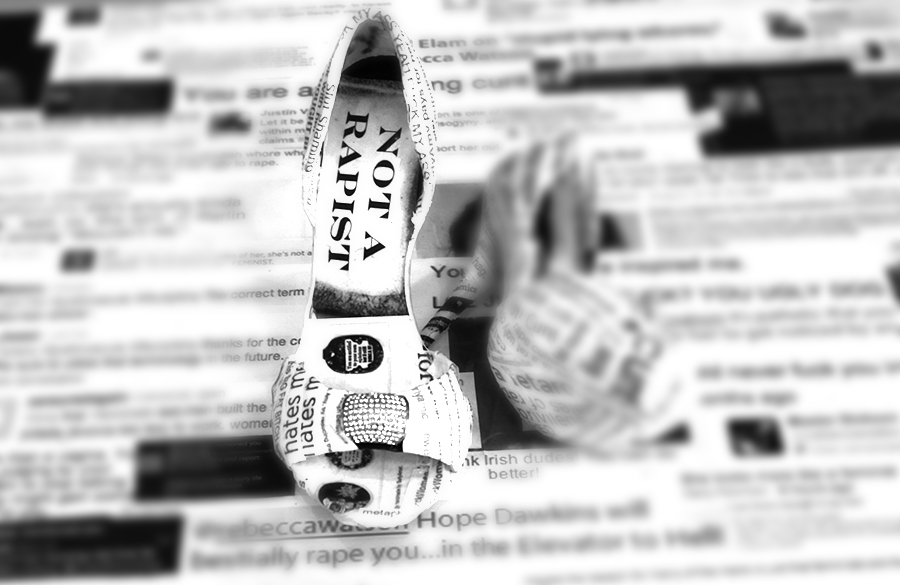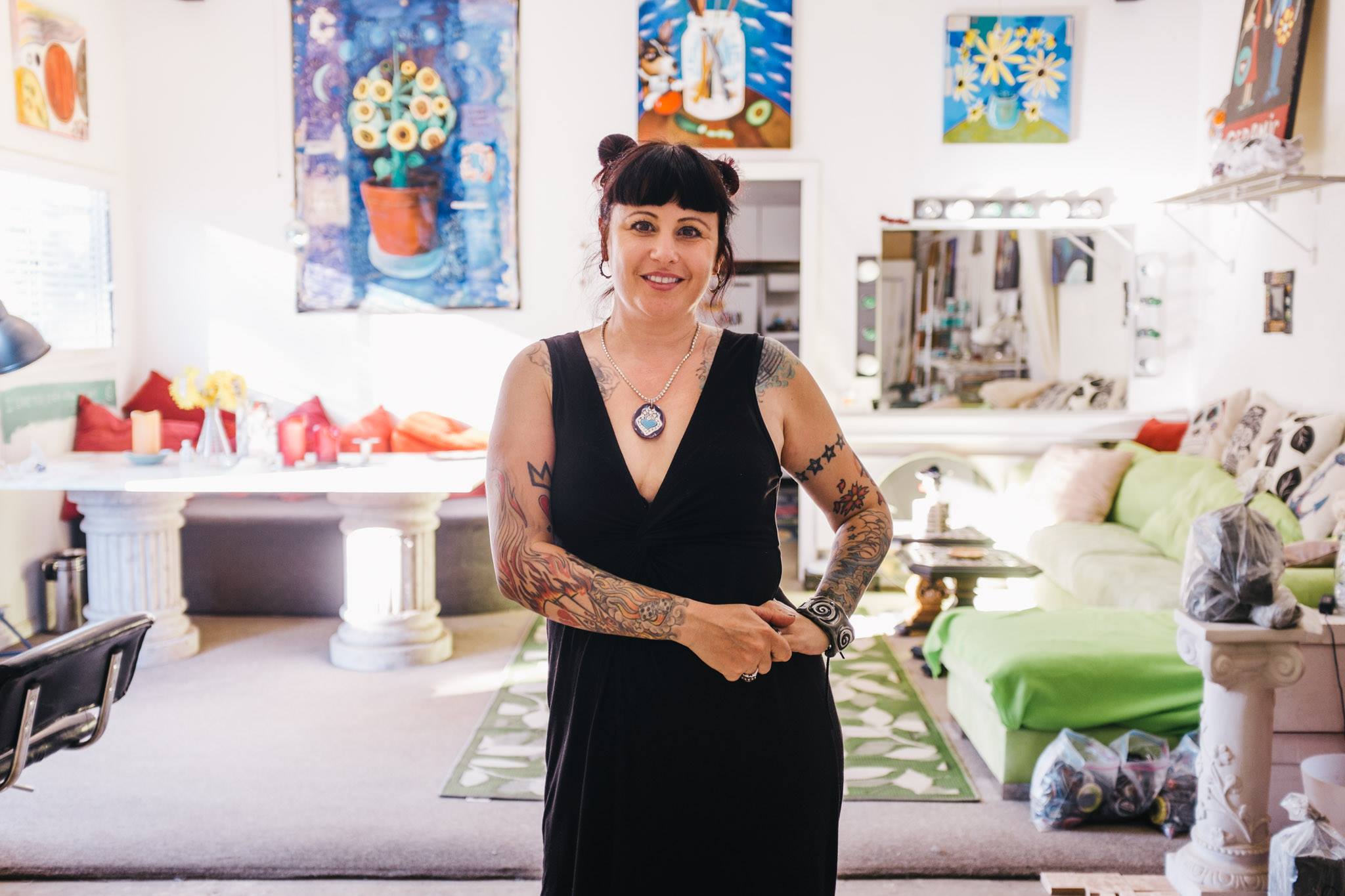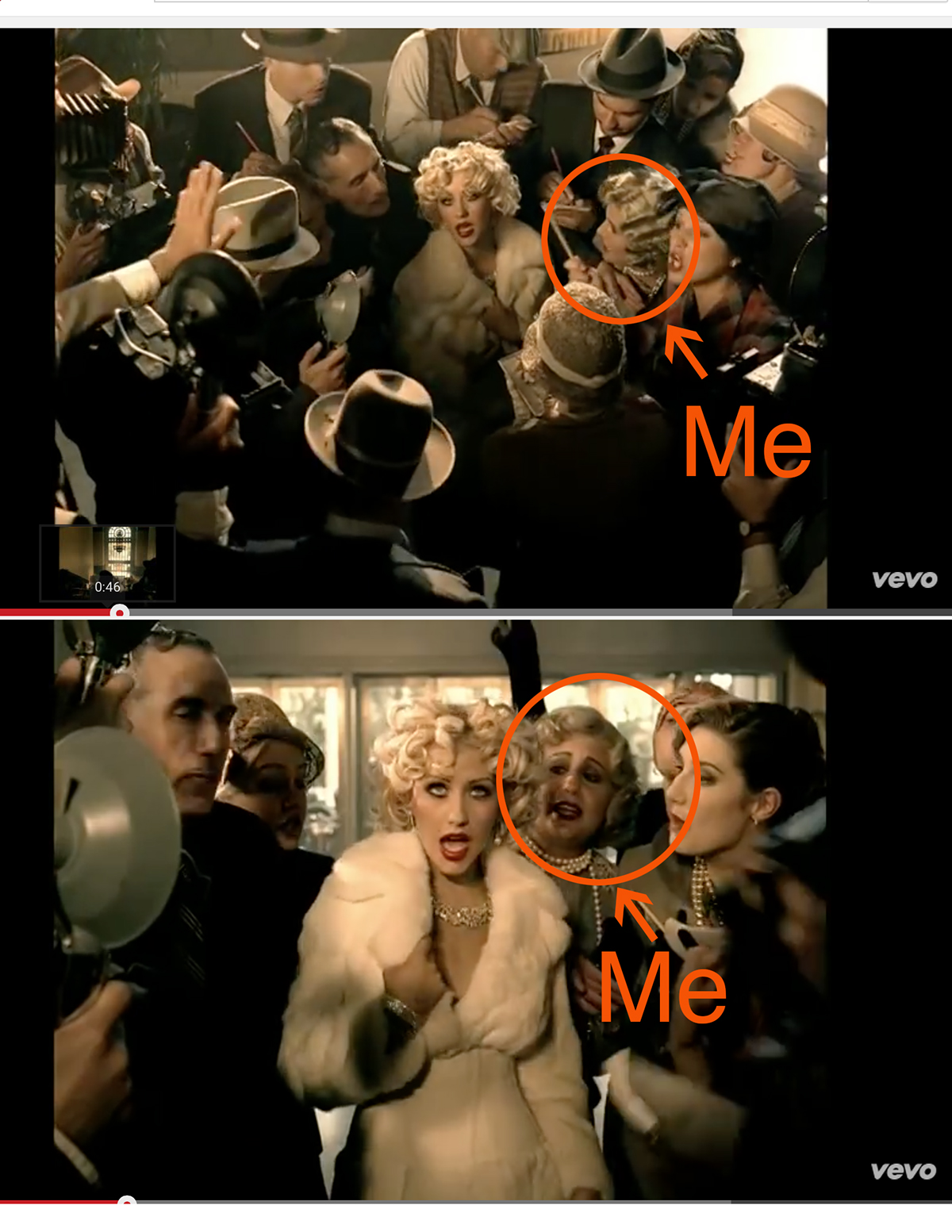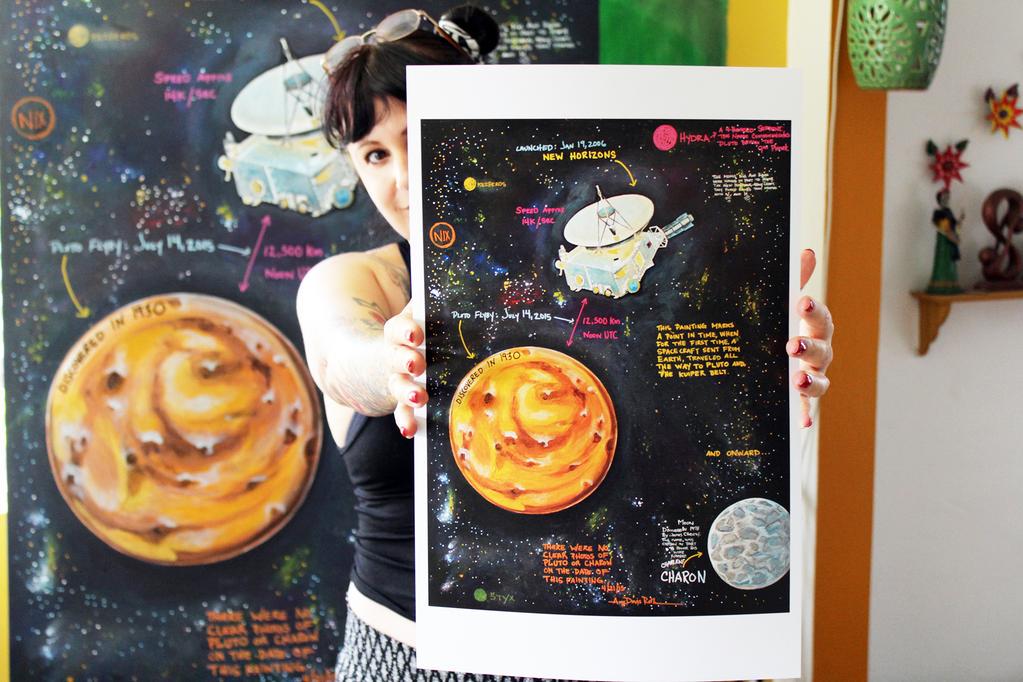Widely known as Surly Amy, artist and activist Amy Davis Roth sat down with me for an interview. I walked away inspired. She is one busy woman!
BT: You make ceramic jewelry, Surlyramics. How long have you been doing this? How did you get started? Tell us about your Surly process and set-up, tools used, etc…
SA: I have been making Surly-Ramics since 2006. I opened my Etsy shop in 2007. I first began making necklaces after a failed attempt at running an art gallery. I had run into a bit of bad luck and had taken a job as a cocktail waitress at a bar in Hollywood. I was miserable. I started making the necklaces while I had that job and wearing them into work to remind myself that I was still an artist. People started buying them off my neck and soon I was able to quit that job and make the jewelry full time. It was a wonderful second chance that I am forever grateful for. I now have a full ceramic studio in Los Angeles with my own kiln where I use everything from rubber-tipped pencils to wood block carvings to create the work I do. I find inspiration in science and nature — which means I find inspiration literally everywhere.
BT: Where did the Surly moniker come from? Why are you called Surly Amy?
SA: The name happened rather organically. I was very unhappy when I wasn’t making art, and it was during that same time that I was working as a waitress. I had gotten a reputation for being surly around the workplace. When I started making the necklaces and wearing them into work, people began to ask for them and I realized I could sell them. I had to think up a business name so I could sell at events and online. My boyfriend at the time (now my husband) and I were joking around in the car on the way home one night with words that sounded like “ceramics” to try to come up with an original business name. We combined my surly attitude with the word ceramics and Surly-Ramics was born. I opened my Etsy shop right after that and named it just “Surly” so it would be easy to type in and find online. In the early days of Etsy your shop name was your user name and so people started calling me “surly.” I have become a much happier person since then, but every once and a while my original surliness does come out and the name totally stuck — which I don’t mind at all. 😉
BT: You spoke about your harassment-themed art project at Skepticon last year. Tell us about the project and what the experience of sharing it with the Skepticon audience was like.
BT: How has being part of a family of artists inspired you? Challenged you?
SA: I think that coming from a long line of (primarily) women artists has mostly driven me to find ways to make a living at making art. I have a seen a lot of frustration in my family when art has been pushed to the side as a nesessity to make time for a job that had no creativity involved. From a very young age, I had decided to make sacrifices in order to pursue a career as an artist. And even though I have failed multiple times, and found myself living a very meager existence for many years, I had been born with the drive, thanks to my family, to brush myself off and get back to making art — no matter what. I think that never-give-up attitude is what has carried me through a lot of difficult times in my life and helped to get me where I am now.
BT: Tell us all about your new podcast.
SA: I am the cohost of a new podcast called Mad Art Cast. You can find us on iTunes.
Mad Art Cast is the official podcast of MadArtLab.com and so you can read details about each episode and find links to listen and contact us there as well. The podcast is about the intersection of art and science, and I can not express to you how much fun it has been to do! My cohosts, Ashley Hamer, Brian George and A.B. Kovacs are some of the smartest and funniest people I know. Each week we discuss art and science and seriously, we have such a great time! I think the podcast is doing well because we all genuinely enjoy not only discussing the topics of art and science, but also hanging out with each other each week.
BT: You started LAWAAG, tell us about what it is and why you started it?SA: I started LAWAAG, The Los Angeles Women’s Atheist and Agnostic Group, in reaction to the relentless harassment the feminist women in the atheist community were dealing with. I was tired of it and I wanted to create a safe place free from that harassment were women could lead discussions about issues that were important to them and build friendship and community without having to worry, or look over their shoulder, or get talked over by the men in the room. The group has been a great success, and I have made so many wonderful new friends since launching the group last year. LAWAAG is one of the best things I have done. If you are an atheist or agnostic woman in the Los Angeles area, I recommend you join our meet-up or our Facebook page and then come hang out with us! It’s a group of really kind and brilliant people. We meet the first Tuesday of every month at CFI Los Angeles. We just started a book club and our next meet-up will be a book discussion led by a woman named Leslie B. We often have speakers come and present to the group, and we are planning on doing another charity walk for the homeless again this fall. Last year our team raised close to $2,000! LAWAAG members helped build the art installation “A Woman’s Room Online” and we are currently planning another art show that will happen at the end of this year or early next year. We have also recently opened up our meet-ups to all genders to foster more inclusivity — though some of the meeting each year are still for women only, so check the meet-up page for details, and all of the talks and groups meetings are always led by women.
BT: What is something about you that people wouldn’t expect?
SA: When I was really broke I used to do a lot of extra work in TV and movies to make extra money. I had bleach blond hair and one time I was hired to be a stand in for Christina Aguilera in a music video with Nellie called Tilt Ya Head Back.
Haha. I even made it into the final video for like half a second. Christina was really nice by the way. 🙂
BT: What’s next?
SA: I just started a Patreon where I am creating large paintings and ceramic fine art pieces that are inspired by science. Not only is the art inspired by science, but I have actual scientists advise me and review the work for accuracy! I am hoping that my Patreon will give me the freedom to get back to my first true love of painting and help me encourage science communication through art. So if you like art and/or science, or just care about the work I do, please consider pledging as little as a dollar to my Patreon page. It would mean the world to me and will help me to continue doing the work I do and much more.







